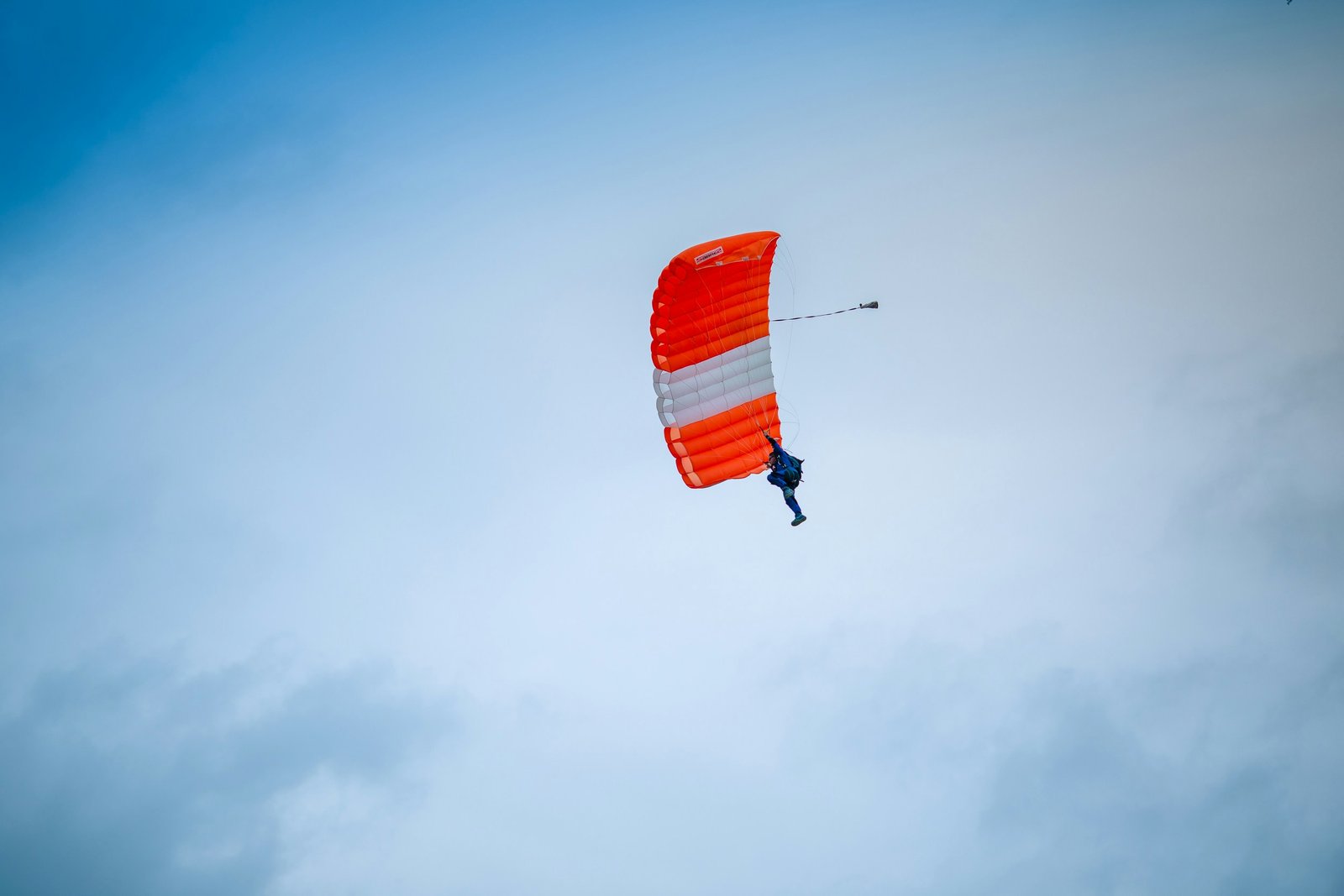If you’re a parent, you might not be familiar with terms like brain reorganization, but it plays a big part in your child’s growth and learning. As your child develops, their brain must reorganize to learn new skills, from physical coordination to thinking and focusing. One important piece of this puzzle is the way the brain handles primitive reflexes—automatic movements babies are born with. These reflexes, like the Parachute Reflex, help with survival and early learning, but they need to fade away or be “integrated” as your child grows.
In this article, we’ll break down what the Parachute Reflex is, why it’s important, and how helping your child with brain exercises can improve their coordination, balance, and focus.
What is the Parachute Reflex?
The Parachute Reflex is a natural movement that usually shows up when a baby is about 6 to 7 months old. If you hold your baby upright and tilt them forward, they will automatically extend their arms to protect themselves, like they’re ready to catch themselves if they fall—just like a parachutist when landing.
This reflex is a safety tool that helps babies prepare to move around more as they grow. It’s one of many protective reflexes that help children respond to their environment. As they grow older, the brain should help these reflexes “fade away” so they don’t interfere with more advanced movements like walking, running, or writing.
However, if the Parachute Reflex stays active beyond infancy, it can lead to problems with your child’s balance, coordination, or even their ability to focus and learn in school.
You might also read: Why Are Newborn Reflexes So Important?
Why is the Parachute Reflex Important for Development?
The Parachute Reflex is more than just a safety mechanism. It helps babies learn how to move and react to their surroundings. But as your child grows, it’s important that this reflex and other early reflexes get properly “integrated” into their brain. This means the reflex should no longer interfere with their movements.
If the Parachute Reflex doesn’t get integrated, your child might experience:
- Clumsiness or frequent falls because their body hasn’t fully learned how to balance.
- Trouble with fine motor skills like holding a pencil or catching a ball, since the reflex might interfere with coordination.
- Struggles with focus or sitting still, as lingering reflexes can sometimes affect brain functions related to attention and learning.
Luckily, there are brain exercises that can help, even if your child is older.
How Brain Reorganization Helps with Reflex Integration
Brain reorganization is just a fancy way of saying that the brain can change and adapt when we practice certain skills. In this case, it means the brain can “rewire” itself to help integrate reflexes like the Parachute Reflex so they don’t cause problems anymore.
Simple daily brain exercises can help with this process by strengthening the brain’s control over movement and balance. You can try activities that encourage arm movements, balance, and coordination for the Parachute Reflex. A few helpful exercises might include:
- Balancing on one leg: This helps improve coordination and teaches the brain to manage balance more effectively.
- Throwing and catching a ball: Repetitive arm movements help the brain practice control over movements tied to the Parachute Reflex.
- Crawling or climbing: These basic motions encourage the brain to connect movements more efficiently, helping reflexes fade away.
By doing these activities regularly, the brain gets better at integrating reflexes, leading to smoother movements, better balance, and even improved focus.
How In the Cortex Can Help with Brain Reorganization
At In the Cortex, we have a self-paced online program that makes it easy for parents to help their children with brain reorganization. The program is designed to help integrate primitive reflexes like the Parachute Reflex, using simple exercises that can be done at home.
Here’s what our program offers:
- Step-by-step instructions so you know exactly how to help your child.
- Video demonstrations that show you how to do the exercises properly.
- Progress tracking to see how your child improves over time.
Our program is flexible, so you can work it into your daily routine. Whether you’re helping your child develop better coordination and focus, or even improving your own skills, our program can help. To learn more about our program, click here.
Start Improving Your Child’s Brain Development Today
Helping your child with the Parachute Reflex is an important part of their overall brain reorganization. And the good news is, it’s never too late to start. Just a few minutes of daily exercises can make a big difference, helping your child with better balance, coordination, and focus.If you’re ready to help your child develop in a healthy, organized way, visit In the Cortex today and start working towards better brain development!



